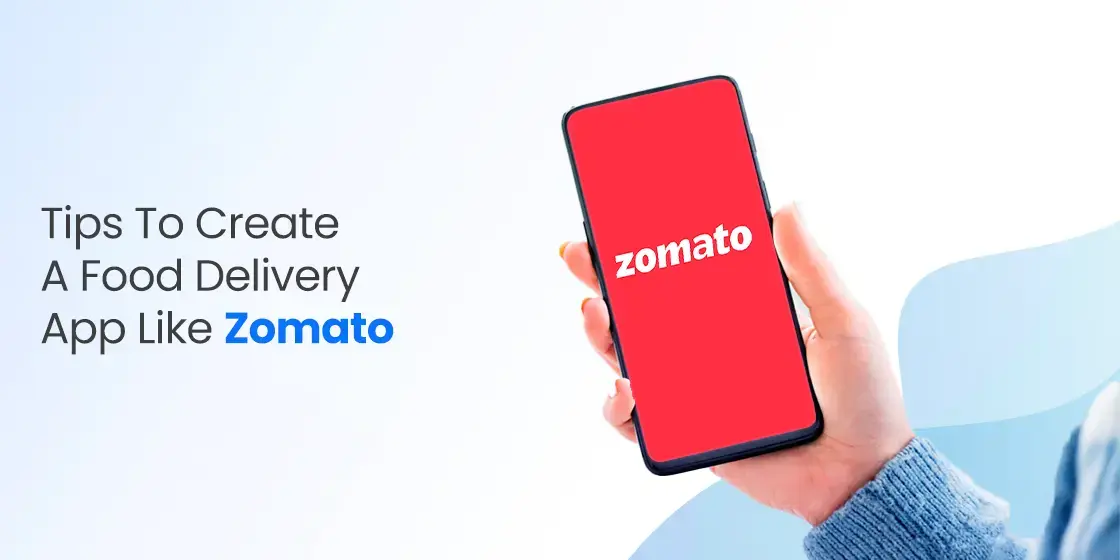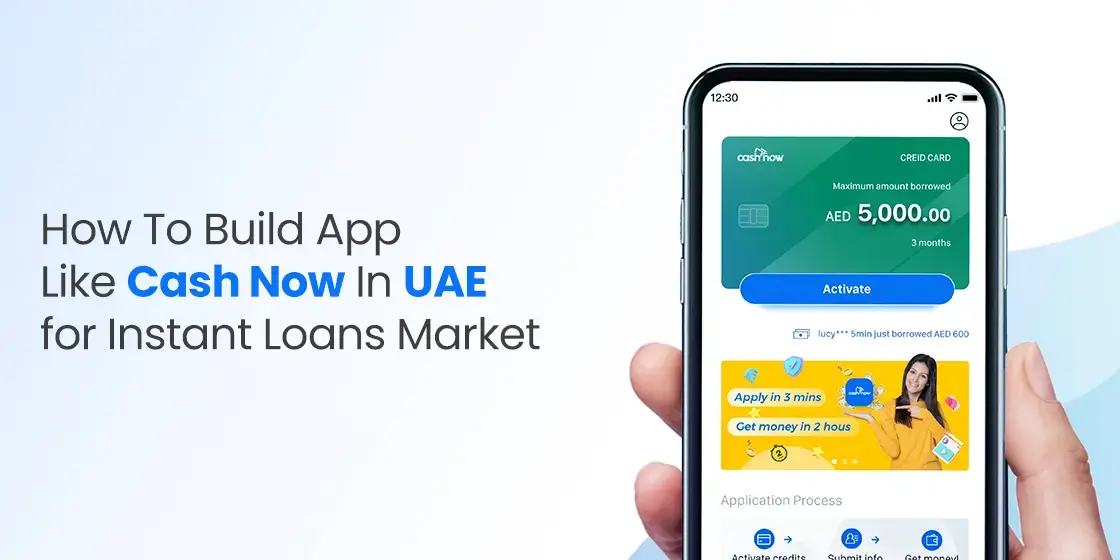Table of Content
Take a Look How Food Delivery Apps like Zomato Should be Developed
Online food delivery is rapidly becoming a highly lucrative business in the UAE. Its potential is rising because people are regularly using online apps to order their favorite food. Among different platforms that are currently popular, Zomato takes the lead in the online food delivery industry. It is a great online app where you can find all types of foods offered by the renowned brands. Seeing this popularity, startups now want to know how to create a food delivery app like Zomato. They want to replicate the same model that has been used by the Zomato, as it has offered proven results in terms of getting dominance in the market.
But, to build an app like Zomato, there are various things a startup should first need to consider. Without having a prior plan or knowledge about the development specifics, it is quite difficult to build an app that could match the standards of Zomato or any other food deliver app. It is therefore recommended to always take professional app development services to build such projects. Those startups that are not equipped with internal tech teams, should definitely look for those agencies that are experienced in app development.
However, if you are not looking to outsource this project to any third-party, you would then need to proceed by building the app yourself. This will require a complete plan and a set of rules documented in an organized format. We will cover all of them in this blog briefly, so that you can understand how an app like Zomato can be built professionally.
What is Zomato?

Zomato is a popular food delivery and restaurant discovery platform headquartered in India. Launched in 2008, the app has grown to become a global leader in the food service industry. It allows users to browse menus, read and write reviews, and explore various dining options in their vicinity. Zomato provides a comprehensive directory of restaurants, cafes, and bars, featuring information such as contact details, menus, photos, and user ratings. This extensive database helps users make informed decisions about where to eat, whether they are looking for a quick bite, a fine dining experience, or delivery options.
The app also offers a robust food delivery service, which has become a significant part of its business model. Through partnerships with local restaurants, Zomato enables users to order food from their favorite eateries and have it delivered to their doorstep. The platform provides real-time tracking of orders, multiple payment options, and customer support to ensure a smooth and convenient user experience. Zomato’s delivery service caters to a wide range of cuisines and dietary preferences, making it a versatile choice for users with diverse tastes.
In addition to restaurant discovery and food delivery, Zomato has expanded its services to include features like Zomato Pro, a subscription-based program offering discounts and exclusive deals at partner restaurants. The app also integrates a table reservation system, allowing users to book tables at restaurants in advance, which is particularly useful for busy dining spots. By continually enhancing its offerings and leveraging technology, Zomato has positioned itself as a comprehensive platform for food enthusiasts, connecting them with a myriad of exceptional dining and culinary.
Why is Zomato so Popular?
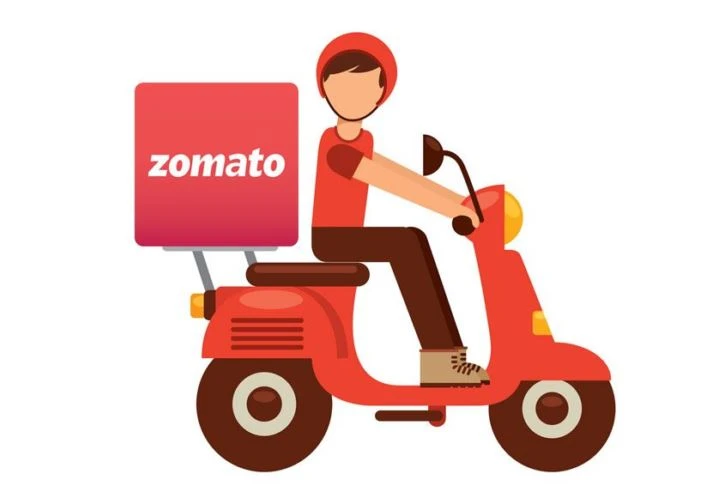
Zomato’s popularity can be attributed to its comprehensive and user-friendly platform that caters to a wide range of food-related needs. Initially starting as a restaurant review platform, Zomato quickly became a go-to resource for diners looking to explore new eateries, read reviews, and view menus. The extensive database of restaurants, combined with user-generated content such as ratings, photos, and reviews, provides a rich, community-driven experience. This wealth of information empowers users to make informed dining choices, fostering a sense of trust and reliability that has been crucial in building its user base.
Another key factor in Zomato’s popularity is its seamless integration of food delivery services. Recognizing the growing demand for convenience, Zomato expanded its offerings to include online food ordering and delivery, positioning itself as a leader in the food tech space. The platform’s efficient logistics, wide restaurant partnerships, and user-friendly app interface make it easy for customers to order food from their favorite local spots or discover new ones. Zomato’s ability to provide real-time order tracking and timely delivery has enhanced the user experience, making it a preferred choice for many consumers.
Additionally, Zomato’s innovative marketing strategies and partnerships have significantly contributed to its widespread appeal. Through engaging advertising campaigns and strategic collaborations with popular brands, Zomato has effectively captured the attention of a diverse audience. The company’s focus on localizing its services to cater to different markets and cultures has also played a crucial role in its expansion. By continually adapting to changing consumer preferences and leveraging technology to enhance its services, Zomato has maintained a strong presence in the competitive food service industry.
How to Create a Food Delivery App like Zomato?
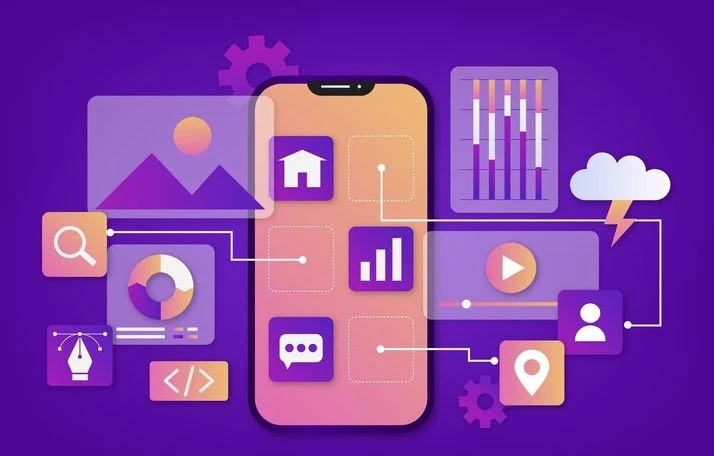
Creating a food delivery app like Zomato is not easy, as it requires plenty of knowledge and technical skills. Besides that, it also requires a complete plan to develop an app, because various features and components are quite complex in the project. If you do not have an idea how to create a food delivery app like Zomato, take a look at the step by step process given below.
Evaluate the Market
Evaluating the market before creating a food delivery app like Talabat or Zomato involves conducting comprehensive market research to understand the existing landscape, identify opportunities, and anticipate challenges. The first step is to analyze the demand for food delivery services in the target region. This includes understanding consumer behavior and preferences, such as popular cuisines, peak ordering times, and spending patterns. Surveys, focus groups, and analyzing existing market data can provide insights into what potential users expect from a food delivery app.
When building a food delivery app, one of the key aspects to consider is the variety of restaurants you onboard, which directly impacts user engagement.
Next, a thorough competitive analysis is crucial. Identifying key players in the market, their strengths, weaknesses, and market strategies will help in understanding the competitive landscape. This involves studying their app features, user experience, pricing models, delivery times, and customer reviews. Analyzing competitors’ marketing strategies and promotional offers can reveal gaps in the market that your app could exploit. This will let you know which specific points should be precisely considered to make your food delivery app standout from the rest.
Define Objectives
Defining objectives when creating a food delivery app starts with establishing a clear vision and mission for what you want to achieve. This involves setting specific, measurable, achievable, relevant, and time-bound (SMART) goals that align with your overall business strategy. For instance, objectives could include acquiring a certain number of users within the first six months, achieving a specific market share in a targeted region, or maintaining a high customer satisfaction rate. These goals should be detailed and quantifiable to track progress and make adjustments as needed.
Furthermore, objectives should encompass both short-term and long-term targets. Short-term objectives might focus on the initial app launch, user acquisition, and early-stage marketing efforts. This could include objectives like developing key app features, securing partnerships with restaurants, and running promotional campaigns to attract early adopters. Long-term objectives should address sustainable growth and scalability, such as expanding to new markets, introducing advanced features, and achieving profitability.
Start App Development
Now that you have set different objectives for the project, it is time to start the actual development process. During the app development stage, the primary focus is on the practical implementation of the application across various platforms to ensure it operates smoothly and efficiently. Developers employ different coding languages tailored to each platform, such as Swift for iOS and Kotlin or Java for Android. This stage involves more than just translating the finalized design into code; it requires a thoughtful integration of planned features and functionalities to ensure they work harmoniously.
The development phase for an on-demand grocery delivery app is a watchful process aimed at transforming abstract design concepts into a functional, user-centric mobile application. Utilizing the selected tech stack, developers strive to deliver a seamless experience for users on both iOS and Android platforms. This includes implementing robust backend services, integrating real-time features like order tracking and notifications, and ensuring secure payment gateways. Throughout this process, attention is paid to optimizing performance, enhancing mobile app security, and ensuring that the app can scale effectively as user demand grows.
Debug the Application
After developing online food delivery app, it is quite important to test all the functionality and components of the app. The testing process begins with unit testing, which focuses on examining individual components and functions of the application in isolation. During unit testing, each module is rigorously checked to ensure it performs as intended and adheres to the specified requirements. This phase is crucial for identifying and addressing any bugs, glitches, or inconsistencies within the individual parts of the app, ensuring that each piece operates correctly before integrating them into the larger system.
Once unit testing is successfully completed and any issues are resolved, the next phase involves broader testing methodologies to evaluate the app’s overall performance and user experience. This includes integration testing to ensure that different modules work together seamlessly, system testing to evaluate the app’s performance as a whole, and usability testing to assess the app from the end-user’s perspective. During these phases, testers simulate real-world scenarios to identify potential issues that could affect the app’s reliability and user satisfaction.
Key Features to Include in a Food Delivery App Like Zomato
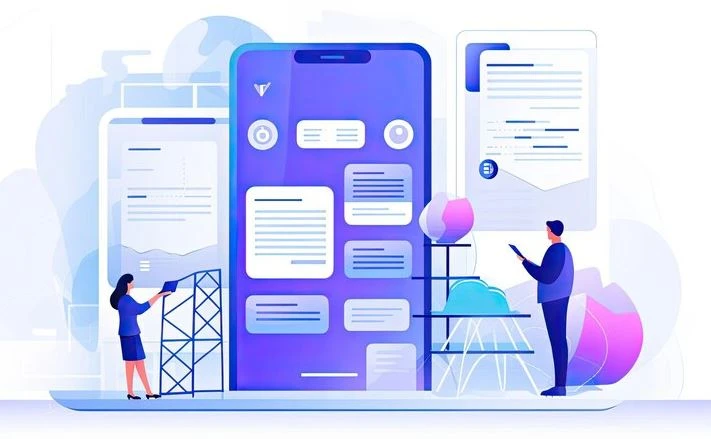
If you want to build a food delivery app that can get the attention of the market instantly, you’ll need to create it with a variety of user-centric features. Here are some of the top features that can make your food delivery app in instant hit in the market.
Quick Registration
To streamline and accelerate the registration process in a food delivery application, focus on providing convenience and simplicity to the users. Start by requesting only essential information, such as the user’s name, email address, and contact number. This minimalist approach encourages users to complete the signup process quickly, leading to an improved overall user experience and increasing the likelihood of app adoption.
Additionally, incorporating features such as social media logins or single sign-on (SSO) options can further simplify the registration process. These alternatives allow users to register using existing accounts, such as Google or Facebook, reducing the need to remember new credentials and speeding up the process even more. A smooth and efficient registration process is crucial for improving user satisfaction and retention, as it creates a positive first impression.
Personalized Shopping
A standout feature that should be included in a grocery delivery app is the personalized shopping list. This feature enhances the shopping experience by analyzing past purchase history, current needs, and upcoming events to create a personalized and efficient planning process for customers. The smart shopping list takes a dynamic approach, incorporating the user’s historical buying patterns while also adapting to their changing needs and future engagements.
The personalized shopping list employs a unique method, continuously learning and adapting to the user’s evolving preferences and lifestyle changes. It takes into account historical buying patterns, such as frequently purchased items and preferred brands, and adjusts recommendations based on real-time data about the user’s current needs and future plans. This feature always works well to attract the attention of users, precisely as per their inner desires.
Discount Promotions
To foster customer loyalty and encourage repeat engagements with the app, it is essential to implement a comprehensive strategy that offers a variety of incentives and promotions. This strategy should include a diverse range of deals tailored to attract and retain users. For example, offering digital coupons and bonuses can provide immediate value to customers, encouraging them to make additional purchases. Strategically timed seasonal sales can capitalize on peak shopping periods, enticing users with special discounts and promotions aligned with holidays or special events.
Moreover, exclusive offers on items nearing their expiration date can serve a dual purpose: reducing waste and providing customers with significant savings. These time-sensitive deals not only promote cost-effective shopping but also create a sense of urgency, motivating users to take advantage of the offers promptly. By continually offering these varied and timely incentives, the app can maintain a high level of user engagement and satisfaction, ultimately building a loyal customer base that sees the app as a valuable resource for both regular and special occasion shopping needs.
Online Booking/Ordering
To foster customer loyalty and encourage repeat engagements, it is essential to implement a comprehensive strategy that offers a variety of incentives and promotions. This strategy should include a diverse range of deals tailored to attract and retain users. For example, offering digital coupons and bonuses can provide immediate value to customers. Strategically timed seasonal sales can capitalize on peak shopping periods, enticing users with special discounts and promotions aligned with holidays or special events.
Moreover, exclusive offers on items nearing their expiration date can serve a dual purpose: reducing waste and providing customers with significant savings. These time-sensitive deals not only promote cost-effective shopping but also create a sense of urgency, motivating users to take advantage of the offers promptly. By continually offering these varied and timely incentives, the app can maintain a high level of user engagement and satisfaction, ultimately building a loyal customer base that sees the app as a valuable resource.
StruqtIO: Reliable Source to Build Advanced Food Delivery Apps like Zomato
StruqtIO possesses extensive expertise in developing a wide range of online food delivery apps. We specialize in creating cutting-edge applications equipped with the latest features, tailored to meet your specific requirements. Our dedicated teams ensure that the mobile apps we build provide businesses with a competitive edge, enabling them to surpass existing market competition.
In addition to mobile app development, StruqtIO offers a variety of other software solutions customized to meet your unique needs. Whether it’s .NET development or cloud integration, we provide expert assistance across diverse areas, helping your business leverage advanced technology to achieve its goals. Partnering with StruqtIO ensures you receive top-tier solutions from a trusted and reputable agency.
Frequently Asked Questions
| Why is Zomato app so popular? Zomato is quite popular because of its wide stock of food offerings and ease of usage. People love to use the app because it gives them plenty of options related to different foods items offered by the top brands. |
| Which food delivery apps are used more by the people in the UAE? There are different types of food delivery apps used by the people in the UAE. It includes Talabat, Deliveroo, Noon, EatEasy and more others. |
| How to create a food delivery app like Zomato? To create a food delivery app similar to Zomato, it’s essential to adhere to a structured step-by-step approach. Initially, thorough market research and the development of a robust business model are imperative. Subsequently, the app development process commences, focusing on meeting all predefined project objectives. |
Final Words
That concludes our complete blog in which we have explored the process of building a food delivery app like Zomato for general users. It’s worth noting the significant popularity these apps currently enjoy in the market, particularly among residents of Middle East who prefer the convenience of ordering food online through such platforms. Therefore, it is important to understand how to create a food delivery app like Zomato, as the platform is considered quite popular in the region.
Throughout this blog, we’ve outlined key points that provide a comprehensive overview of the app development process. By following these guidelines, you can create an engaging food delivery app equipped with essential features tailored to meet the preferences of the local audience in the UAE.

Empower your digital journey with StruqtIO - Your dedicated partner for cutting-edge custom software development, innovation, and digital transformative solutions. Harness the power of technology to elevate your business and redefine your digital landscape today.
